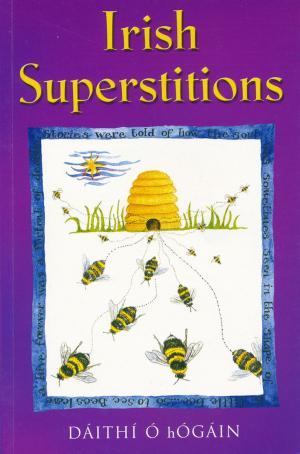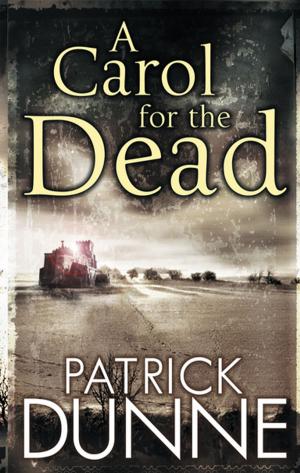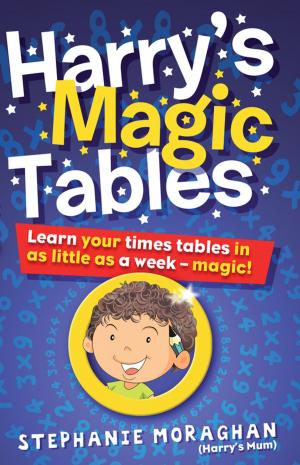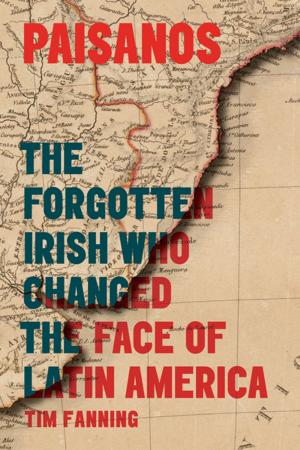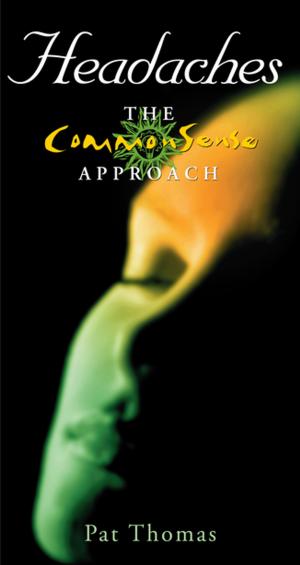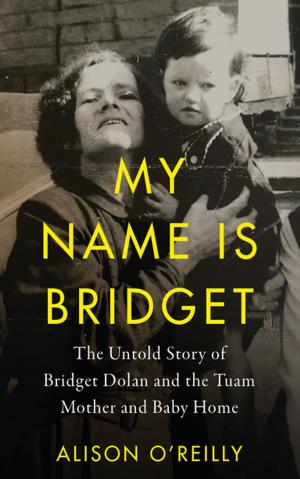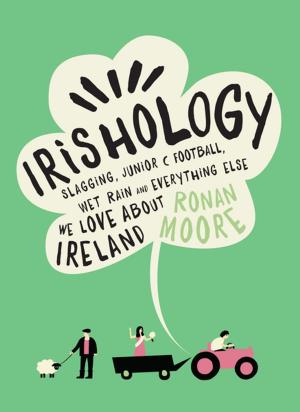The Downfall of the Spanish Armada in Ireland
The Grand Armada Lost on the Irish Coast in 1588
Nonfiction, History, Spain & Portugal, European General| Author: | Ken Douglas | ISBN: | 9780717151493 |
| Publisher: | Gill Books | Publication: | September 25, 2009 |
| Imprint: | Gill Books | Language: | English |
| Author: | Ken Douglas |
| ISBN: | 9780717151493 |
| Publisher: | Gill Books |
| Publication: | September 25, 2009 |
| Imprint: | Gill Books |
| Language: | English |
The English navy inflicted a narrow defeat on the Armada, but it was the Irish coast that encompassed its downfall.
'Heed that coast!' The Duke of Medina Sidonia wanted only to guide La Felissima Armada home safely. In the North Sea he issued sailing instructions, which, if they had been followed, would have given the Armada a safety margin of at least 300 miles. He particularly ordered them to '...take great heed lest you fall upon the island of Ireland for fear of the harm that may happen unto you upon that coast.' They were in no doubt that Ireland was to be avoided.
His words proved to be more than a warning: they were a prophecy, which was inexorably fulfilled. A siren of alluring beauty, the Irish coast also conceals deadly danger. Destiny was to conspire to transform it into an instrument of terrible destruction and tragic loss of life.
In the Atlantic the Armada encountered continuous southerly winds and unknown ocean currents. It was two centuries before it became possible to calculate longitude at sea, and they were unaware that they had not sailed far enough westwards to give themselves the prescribed safety margin. They became separated and lost, and when they at last turned southwards, scattered groups unintentionally descended on Ireland, arriving at fourteen different locations from Donegal to Kerry. Many found shelter, but a few were lost.
But on 21 September 1588 fourteen ships were destroyed by hurricane force winds: the only occasion during the entire voyage when ships were completely destroyed by the weather. 'A most extreme and cruel storm' the Irish described it. The Spanish recorded that 'in the morning it began to blow from the west with a most terrible fury, bright and with little rain.' Ships that had stayed at sea survived. In Donegal Bay the galleass Girona had sheltered with about 1,000 men. In October, Don Alonso de Leyva arrived with almost 1,000 more. His entourage included young men from all the noble families of Spain. After being repaired, the Girona departed for Scotland at the end of October, overloaded with 1,300 survivors. She so nearly got there, but foundered near the Giant's Causeway with the loss of de Leyva and the flower of Spanish nobility.
In all, 24 Spanish ships were lost in Ireland and about 5,000 men died, far greater losses than had been suffered in the English Channel. The English navy inflicted a narrow defeat on the Armada, but it was the Irish coast that encompassed its downfall. Long before it had been surveyed and charted, when it was almost as unknown to mariners as the surface of the moon, for a few brief months in the autumn of 1588, the Irish coast was caught in the headlights of history.
The English navy inflicted a narrow defeat on the Armada, but it was the Irish coast that encompassed its downfall.
'Heed that coast!' The Duke of Medina Sidonia wanted only to guide La Felissima Armada home safely. In the North Sea he issued sailing instructions, which, if they had been followed, would have given the Armada a safety margin of at least 300 miles. He particularly ordered them to '...take great heed lest you fall upon the island of Ireland for fear of the harm that may happen unto you upon that coast.' They were in no doubt that Ireland was to be avoided.
His words proved to be more than a warning: they were a prophecy, which was inexorably fulfilled. A siren of alluring beauty, the Irish coast also conceals deadly danger. Destiny was to conspire to transform it into an instrument of terrible destruction and tragic loss of life.
In the Atlantic the Armada encountered continuous southerly winds and unknown ocean currents. It was two centuries before it became possible to calculate longitude at sea, and they were unaware that they had not sailed far enough westwards to give themselves the prescribed safety margin. They became separated and lost, and when they at last turned southwards, scattered groups unintentionally descended on Ireland, arriving at fourteen different locations from Donegal to Kerry. Many found shelter, but a few were lost.
But on 21 September 1588 fourteen ships were destroyed by hurricane force winds: the only occasion during the entire voyage when ships were completely destroyed by the weather. 'A most extreme and cruel storm' the Irish described it. The Spanish recorded that 'in the morning it began to blow from the west with a most terrible fury, bright and with little rain.' Ships that had stayed at sea survived. In Donegal Bay the galleass Girona had sheltered with about 1,000 men. In October, Don Alonso de Leyva arrived with almost 1,000 more. His entourage included young men from all the noble families of Spain. After being repaired, the Girona departed for Scotland at the end of October, overloaded with 1,300 survivors. She so nearly got there, but foundered near the Giant's Causeway with the loss of de Leyva and the flower of Spanish nobility.
In all, 24 Spanish ships were lost in Ireland and about 5,000 men died, far greater losses than had been suffered in the English Channel. The English navy inflicted a narrow defeat on the Armada, but it was the Irish coast that encompassed its downfall. Long before it had been surveyed and charted, when it was almost as unknown to mariners as the surface of the moon, for a few brief months in the autumn of 1588, the Irish coast was caught in the headlights of history.

